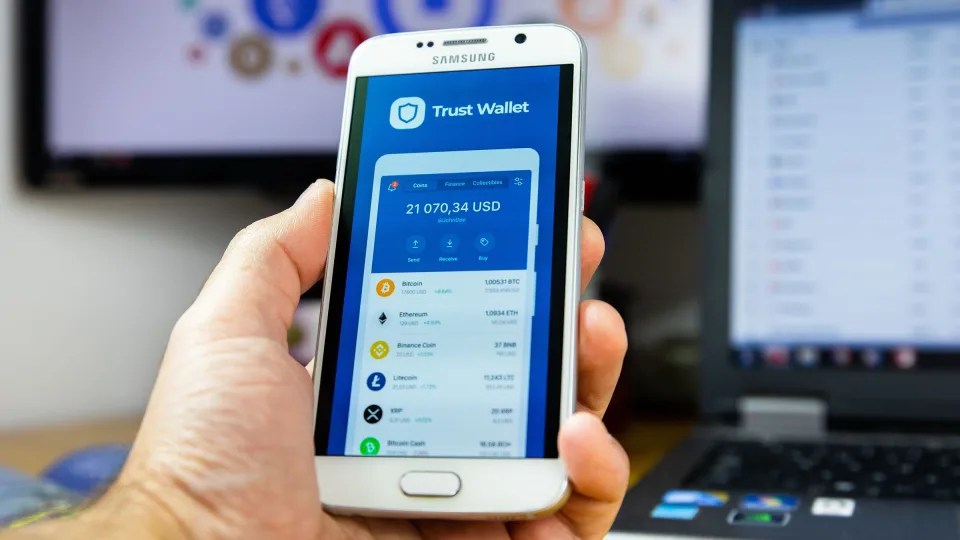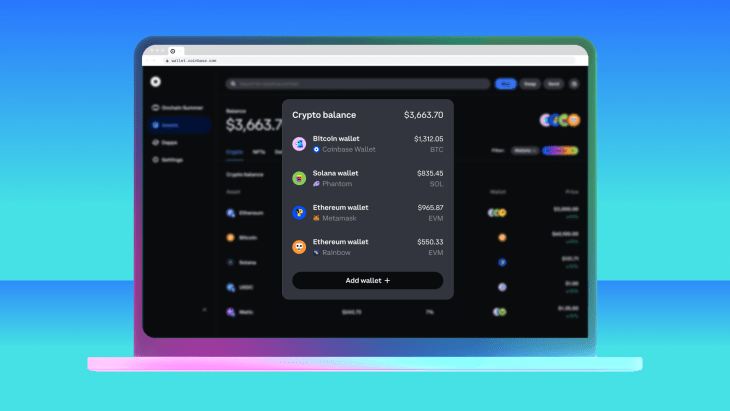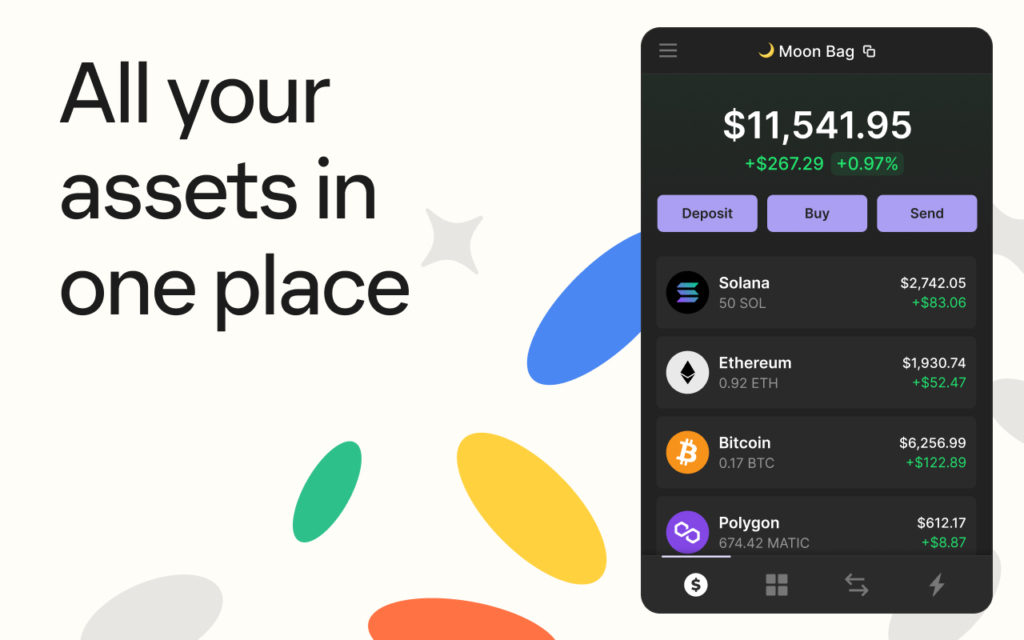
LIST | The Top 5 Web3 Wallet Platforms That Are Challenging Metamask for the Lead
The likelihood is that if you frequently use Ethereum blockchain apps, you’ve encountered MetaMask. Any digital asset generated on Ethereum can be stored using MetaMask, which is free and open-source. Additionally, MetaMask is compatible with a large number of Web3 applications that are available online and depend on cryptocurrency transactions to function. Wallets for smartphones and browsers are available through MetaMask; a desktop app is not available. Moreover, it provides DeFi apps and staking via its MetaMask Portfolio function. However, MetaMask might not be of much value to you if you are not an avid user of Ethereum and its related tokens.
These are 5 equally effective substitutes for MetaMask.
1.) Binance Wallet

The purpose of the Binance Web3 Wallet, a self-custody cryptocurrency wallet inside the Binance app, is to give consumers more authority in the field of decentralised finance (DeFi). It acts as a digital entry point to blockchain-based apps (dApps), providing users with a safe and efficient means to manage their cryptocurrency holdings, carry out cross-chain token exchanges, get payouts, and communicate with various blockchain platforms.
The wallet, according to Binance, removes cumbersome seed phrases and enables smooth money transfers between your Web3 wallet and Binance Exchange account. If you haven’t already, download the Binance app in order to use Binance Web3 Wallet. Just open the Binance app, log in, then select Wallets. Click Create Wallet after selecting the Web3 tab at the top.
2.) Halo Wallet

Formerly known as KuCoin Wallet, Halo Wallet is a multi-chain compatible, safe cryptocurrency wallet. Similar to the Binance Web3 wallet, Halo’s purpose is to serve as both a handy platform for holding NFTs and cryptocurrencies and a portal to the decentralised web. According to KuCoin, it has attracted over 10 million users in a short period of time despite being new to the Web3 arena. Access to dApps from a variety of ecosystems, including KCC, KuCoin, Ethereum, Polygon, BNB Chain, and other top blockchain networks, is made possible via the wallet.
One of this wallet’s most notable features is its integration of multiple off-chain and on-chain social media protocols, like Lens and X, which allow users to further interact with well-known influencers and build a genuine Web3 DID (Decentralised Identifiers). In addition to monitoring on-chain activity and interacting with other Halo community members, users can follow any wallet address. Apart from being a self-custody wallet where users have complete control over their assets, Halo Wallet is unique in that it does not offer centralised storage like traditional exchanges like Binance and KuCoin do. You can trade NFTs, play games on blockchains, post content on decentralised platforms, and exchange cryptocurrency assets, to name a few activities.
3.) Trust Wallet

More than 65 blockchains, including the biggest and most well-known ones like Bitcoin, Ethereum, BNB Chain, Avalanche, Solana, Cosmos, Tron, EOS, Stellar, Ripple, DogeCoin, LiteCoin, and Cardano, are supported by Trust Wallet. With its non-custodial functionality, customers have total control over their cryptocurrency holdings. Cross-chain token swaps are made possible via the integrated decentralised exchange (DEX) in Trust Wallet. Additionally, users can earn interest on their investments. The software provides a variety of staking choices, such as staking Kava (KAVA) and BNB (BNB).
In addition to having built-in DEX capabilities, Trust Wallet lets users safely store stablecoins and use them in a secure app environment. Additionally, with full support for Ethereum and BNB Chain NFTs, customers may manage their NFTs and game assets on Trust Wallet efficiently. When there is internet availability, Trust Wallet functions as a hot wallet and permits access through a secure online connection. People should download and install Trust Wallet on their mobile devices before making an account. The software is free to download and is available for both the iOS and Android operating systems.
4.) Coinbase Wallet

The Coinbase wallet is a Web3 non-custodial wallet from Coinbase, the largest centralised exchange in the United States. The wallet is more user-friendly and supports a larger variety of cryptocurrencies, making it ideal for novices. To transmit money, users only needed to input the recipient’s username rather than a lengthy hexadecimal code.
Users can also move assets from their Coinbase.com accounts using Coinbase Wallet. The most recent iteration of the wallet is a web application that enables users to link different wallets and view your cryptocurrency, NFTs, and DeFi positions in full. Additionally, you may still effortlessly buy, trade, mail, stake, and mint from any wallet.
5.) Phantom

Phantom Wallet is an adaptable and simple-to-use Web3 wallet with a number of features that can be used by both new and seasoned cryptocurrency users. Phantom was once created as a wallet mainly for the Solana network, but it has since grown to offer services for the Ethereum, Polygon, and even Bitcoin networks, allowing it to be a multi-chain wallet. With the wallet, users can interact with decentralised apps (dApps), store, transmit, and receive tokens and cryptocurrencies, and manage non-fungible tokens (NFTs). The capability of Phantom Wallet to do in-app token exchanges across the Ethereum, Polygon, and Solana networks, offering asset management efficiency and convenience, is one of its most notable features.
Additionally, it facilitates cryptocurrency staking, especially for $SOL tokens, enabling users to get incentives for taking part in Solana network activities. The Phantom Web3 wallet may be accessed via an iOS and Android mobile application as well as an online wallet.
To sum up,
Since its founding in 2019 by Aaron Davis and Dan Finlay, two ConsenSys employees, the MetaMask wallet has long since established itself as the industry standard web3 wallet. In an explosion of innovation, the wallet integrated and provided access to the diverse Ethereum ecosystem, which comprised cryptocurrencies, NFTs, DeFi, and decentralised exchanges (DEX). To provide a one-stop shop for cryptocurrency users, more web 3 wallets have been introduced as a result of the emergence of more chains offering comparable products. These aim to provide an even better experience for web3 users worldwide by adding new and intriguing features.


